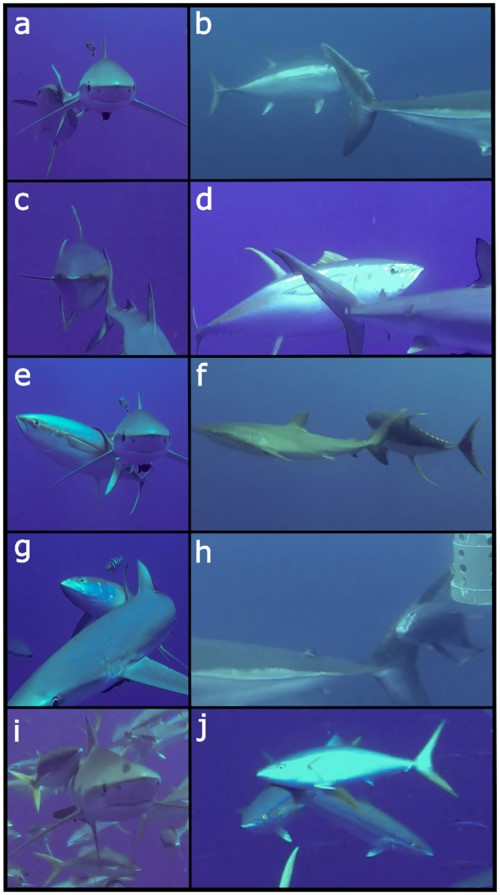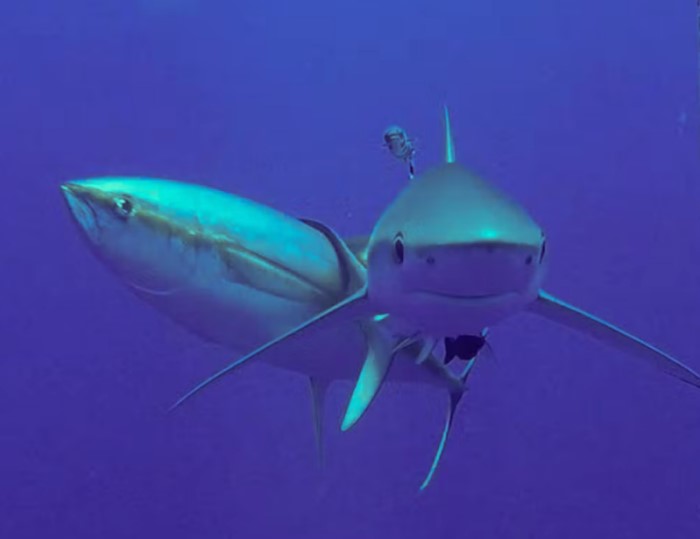Whoa! What's that on you!
You may have heard that from time to time. And whether it's a forgotten morsel of food or an uninvited creepy crawler (Yikes! Get it off!) or a piece of fluff, we've all had to do some grooming. Or, if it's in a spot that we can't reach, we might get some help from a trusted friend.
Many animals help groom each other, too, as any cat owner will tell you. Monkeys check each other's fur for bugs and other intruders. There's a good reason for this. Some such invaders are parasites—animals that live off of another animal, called a host. Not only do they steal essential nutrients from the host, they also can pass on disease and make the host sick. Staying clean is part of staying healthy.
But what if an animal can't clean itself? For example, a fish doesn't have arms. In coral reefs, many fish and marine creatures get around this by using 'cleaning stations', where cleaner shrimp come by and remove parasites by eating them.
Now a new study has discovered a way that ocean tuna are getting grooming help. They use sharks as scratching posts!
Rub, rub!

These are a collection of images showing tuna and sharks together. (Christopher D. H. Thompson/The Conversation)
By filming thousands of hours of interactions between different tuna species and sharks—across the Pacific, Indian, and Atlantic oceans—the researchers from the University of Western Australia saw a pattern emerge.
Time and again, tuna sought out middle-sized ocean sharks like blues and makos, and rubbed against them. And how do we know for certain that this was to remove parasites?
The fish favoured rubbing either their heads or their sides on the sharks' tails. These are the areas on the tuna that are most likely to infected by parasites, particularly the gills, eyes, and mouth. The scratching would've also acted as an exfoliant—to remove dead skin and reveal healthy new skin below.
Sandpaper skin
Okay, that sounds reasonable. But why sharks? Aren't they sort of dangerous?
Sharks are known for their scratchy skin. It is covered in tiny teeth-like bumps called dermal denticles (that essentially translates into 'miniature skin teeth'). In fact, it is so bumpy that it has been used as sandpaper.
This is why sharks are ideal for the job. The skin is perfectly designed to be able to perform the task of cleaning the tuna's skin. And for the most part, the sharks seem pretty okay being a scratching post for other fish. The researchers even observed tuna lining up in a row behind a shark, patiently waiting their turn for a good rub. How well organized of them!
That said, the fish were careful to rub up against sharks that were similar in size to themselves. A tuna rubbing up against a tiger, bull, or great white shark would likely end up becoming a meal!
But for now, this behaviour seems to be a regular part of tuna/shark routines. And further proof that sharks are anything but vicious killers. They're all a part of Team Ocean Life!
 This tuna is rubbing against a shark to clean its body. Neat! (Christopher D. H. Thompson/The Conversation)
This tuna is rubbing against a shark to clean its body. Neat! (Christopher D. H. Thompson/The Conversation)









